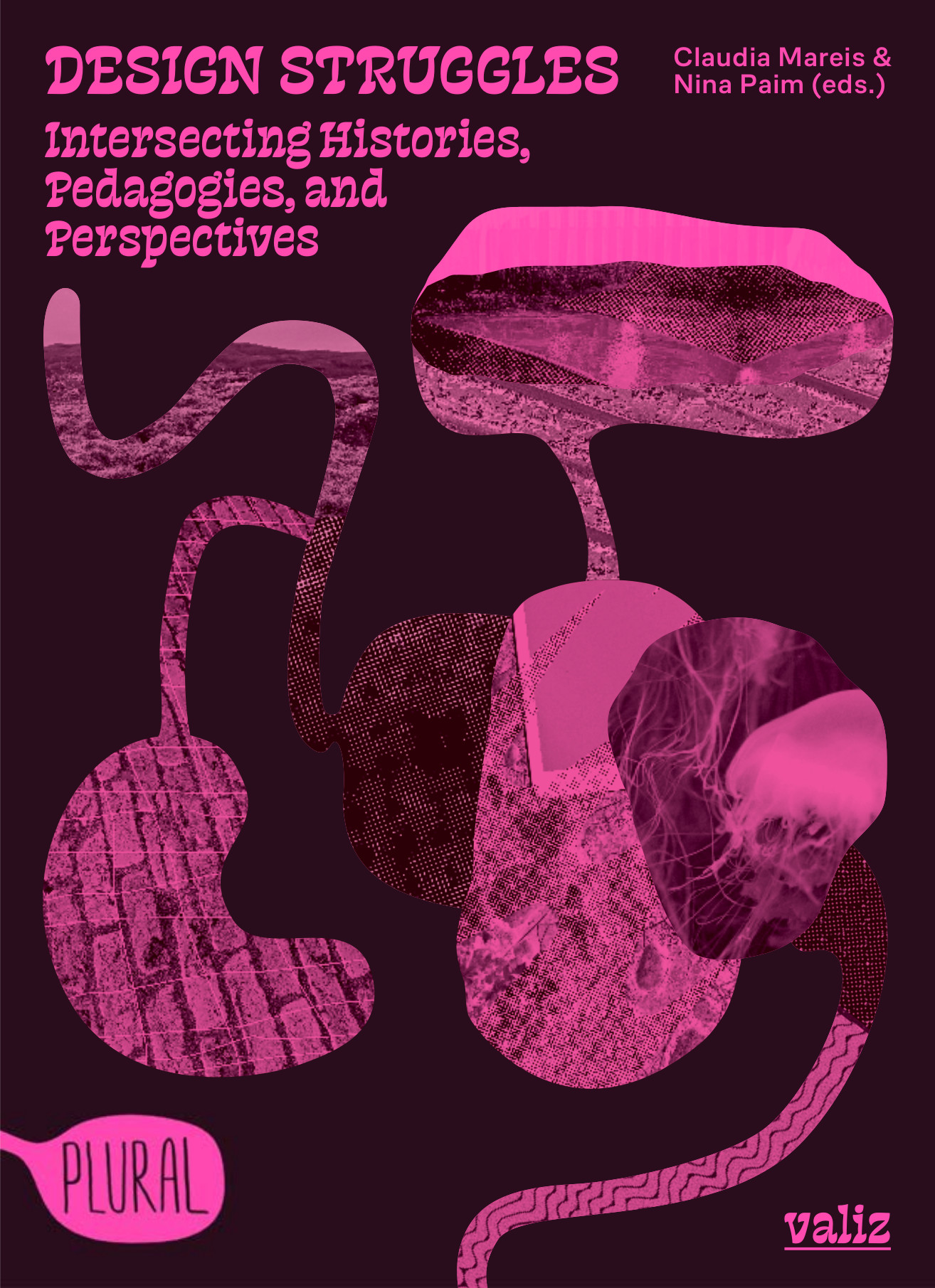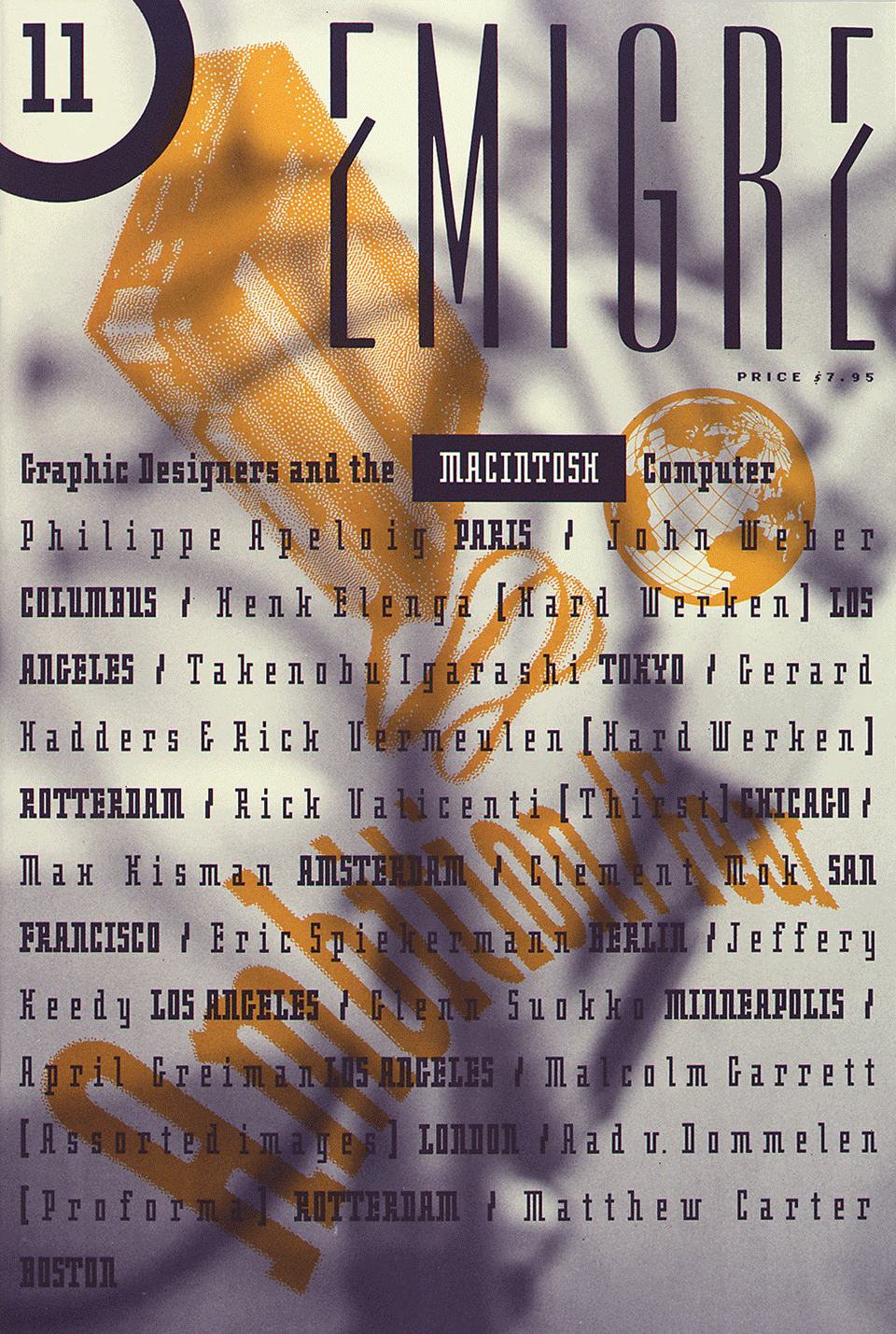Claudia Mareis, Nina Paim (eds.): Design Struggles: Intersecting Histories, Pedagogies, and Perspectives (2021)
Filed under book | Tags: · critique, decoloniality, design, design history, design research, feminism, graphic design, pedagogy, postcolonialism, precarity

“Design Struggles critically assesses the ways in which the design field is involved in creating, perpetuating, promoting and reinforcing injustice and inequality in social, political, economic, cultural and ecological systems. This book shows how this entanglement arose from Eurocentric and neoliberal thinking. The voices and practices represented here propose to question and disrupt the discipline of design from within, by problematizing the very notions of design. They aim to do so by generating new, anti-racist, post-capitalist, queer-feminist, environmentally conscious and community-based ideas on how to transform it. In this way, Design Struggles strives to forge sustainable, new practices that challenge the status quo and amplify underrepresented voices, both in the world of design, as well as beyond.
In order to reimagine design as an unbound, ambiguous, and unfinished practice, this publication gathers a diverse array of perspectives, ranging from social and cultural theory, design history, design activism, sociology, anthropology, critical and political studies, with a focus on looking at design through the intersections of gender, race, ethnicity, culture, class, and beyond. The book combines the latest comprehensive insights (rooted in design practices) with engaging and accessible storytelling. In doing so, Design Struggles brings together an urgent and expansive array of voices and views, representing those engaged in struggles with, against or around design.”
Contributors: Danah Abdulla, Tanveer Ahmed, Zoy Anastassakis, Ahmed Ansari, Brave New Alps, Johannes Bruder, Cheryl Buckley, Sria Chatterjee, Alison J. Clarke, Sasha Costanza-Chock, Paola De Martin, Decolonising Design, depatriarchise design, Bianca Elzenbaumer, Arturo Escobar, Kjetil Fallan, Griselda Flesler, Corin Gisel, Matthew Kiem, Claudia Mareis, Ramia Mazé, Tania Messell, Anja Neidhardt, Nan O’Sullivan, Maya Ober, Nina Paim, Luiza Prado de O. Martins, Mia Charlene White.
Publisher Valiz, Amsterdam, May 2021
Plural series, 3
Creative Commons BY-NC-ND 3.0 License
ISBN 9789492095886, 9492095882
411 pages
Review: Saraleah Fordyce (Design and Culture, 2021).
Comment (0)Johanna Drucker: Alphabetic Labyrinth: The Letters in History and Imagination (1995–) [EN, SR]
Filed under book | Tags: · alphabet, book, graphic design, text, typography

“The alphabet is at once familiar and mysterious. Its letters have been the object of speculation since their invention almost four thousand years ago; the symbols represent sounds, yet they exist in their own right, often invested with quasi-magical power. Johanna Drucker, who teaches art history at Yale University, examines the imaginative and idiosyncratic ways in which the letters of the alphabet have been assigned value in political, spiritual, or religious belief systems over two millennia. The first book to explore fully this colorful, poetic, and frequently eccentric realm, The Alphabetic Labyrinth is richly complemented by images that have rarely or never before been reproduced. Drawing on a wide variety of little-known sources, both literary and artistic, the author adds a new and exciting chapter to the history of ideas which will prove fascinating to cultural historians, art historians, and anyone interested in the history of writing.”
Publisher Thames and Hudson, London, 1995
ISBN 0500016089, 9780500016084
315 pages
Reviews: Ellen Lupton (Eye, 1995), Cliff Pickover (Leonardo, 1999).
The Alphabetic Labyrinth (English, 1995, 18 MB)
Alfabetski lavirint (Serbian, trans. Branislav Kovačević, 2006)
Emigre, 11: Graphic Designers and the Macintosh Computer (1989)
Filed under magazine | Tags: · computer graphics, graphic design, typography

“Emigre magazine’s eleventh issue, ‘Ambition/Fear: Graphic Designers and the Macintosh Computer’, contains vivid artifacts of a discipline’s first encounter with digital tools. From the aesthetics of bitmaps to the expressive interventions made possible by new access to typesetting controls, not to mention the self-publishing venture of the magazine itself, this issue combines modernist and postmodern agendas in a model construction of text-based community.”
Release of the digitized issue “coincides with the publication of “Inflection Point” a rigorously researched essay about Emigre #11 by writer/designer Emily McVarish. The essay takes a close look at Emigre #11, analyzing the technical, critical, and cultural production that would shape Emigre as a medium for typographic demonstration and discussion among peers.”
Design and production: Rudy VanderLans
Typeface designs: Zuzana Licko
Publisher Emigre Graphics, Berkeley, CA, 1989
32 pages, 11.25 x 16.75 in
via Letterform Archive
Commentary: Emily McVarnish (2017, 59 pp).
Comment (0)
